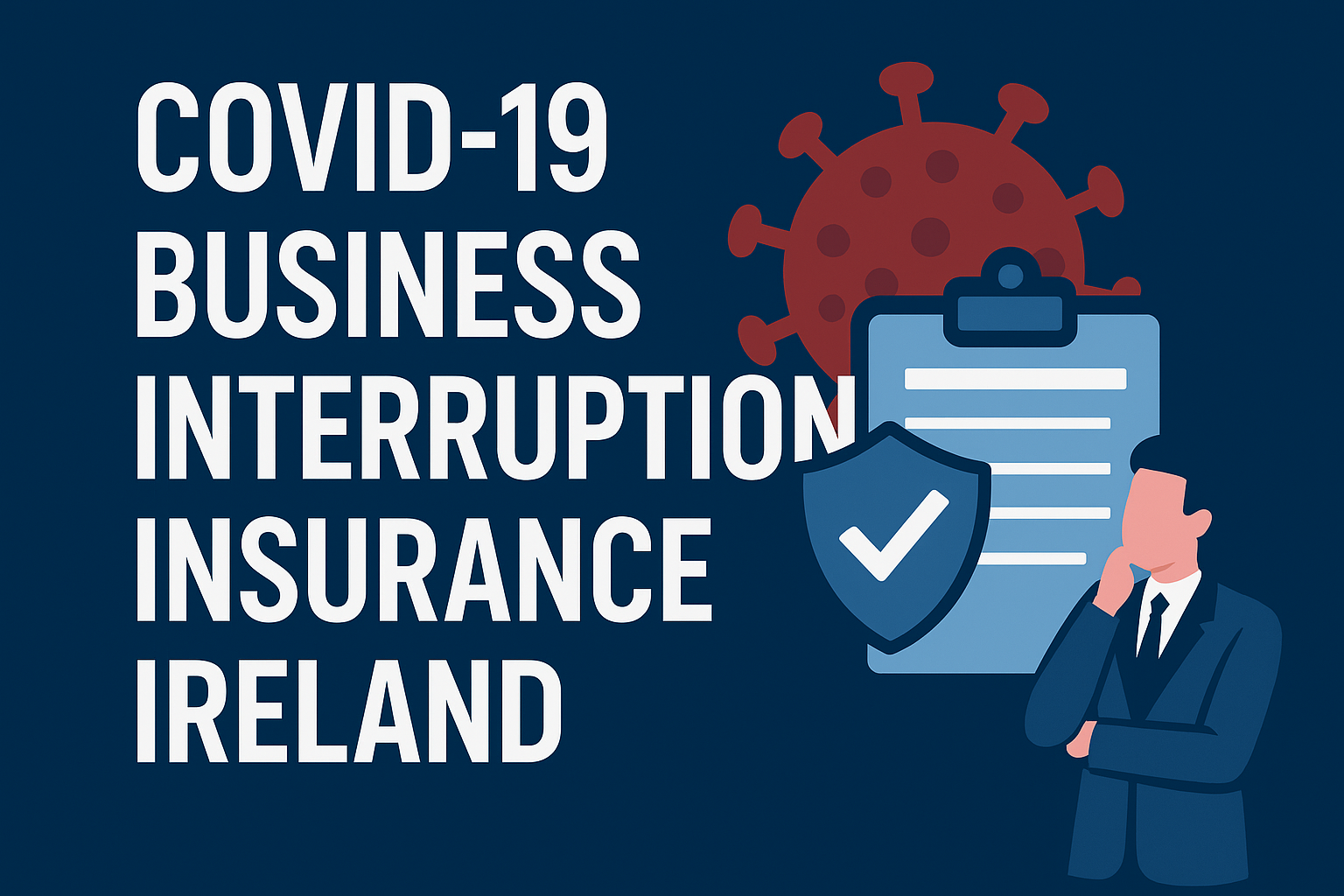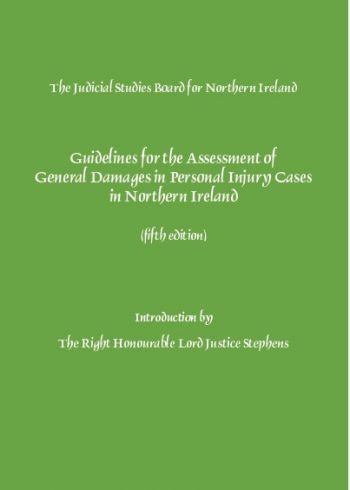A woman has been awarded more than €87,000 in a nervous shock claim in Ireland after suffering post-traumatic stress disorder (PTSD) upon witnessing the partly decapitated body of a motorist involved in a collision with a bus.
The plaintiff, Lisa Sheehan (36), was driving home from work in Cork on 28th January 2017 when debris from the crash struck her car, forcing her to stop. Investigating the scene, she saw a severely damaged car and bus, and glimpsed a badly disfigured body, initially mistaken for a child but later identified as the driver of the car. Despite her shock, Ms Sheehan immediately contacted emergency services and searched the surrounding area for other potential victims.
Following the incident, Ms Sheehan suffered panic attacks, flashbacks, nightmares, and severe anxiety. She sought medical treatment, was prescribed medication, attended counselling, and ultimately left her job due to ongoing psychiatric illness. She was diagnosed with moderately severe PTSD.
Ms Sheehan brought a claim against Bus Éireann and FBD Insurance, the latter providing cover for the deceased driver. While FBD admitted liability for the accident, both defendants argued that her psychiatric injuries did not constitute a recognised legal cause of action. They claimed she was a secondary victim with no close relationship to the deceased and had not witnessed the actual collision.
Primary vs Secondary Victims in Nervous Shock Claims
Under Irish and UK law, a distinction exists between primary victims—those directly involved in an accident or within the zone of danger—and secondary victims, who are passive witnesses of injury to others. Secondary victims must typically demonstrate a close tie of love or affection to the primary victim, proximity to the accident, and psychiatric injury caused by a shocking event. Key UK cases in this area include Alcock v Chief Constable of South Yorkshire Police [1992] and White v Chief Constable of South Yorkshire [1998].
High Court Judgment
Justice Keane noted that the law on nervous shock claims in Ireland remains unsettled but concluded that Ms Sheehan was a primary victim, as her car had been struck by debris from the crash. The court also highlighted her role as a rescuer, exposing herself to potential danger while searching the accident site, which placed her within the zone of foreseeable physical risk. This distinction set her case apart from UK rescuer claims such as White.
This nervous shock case in Ireland demonstrates the nuanced approach Irish courts take regarding primary and secondary victims in psychiatric injury claims, particularly when the plaintiff intervenes as a rescuer.








![Exaggerated Personal Injury Claim Dismissed – Platt v OBH Luxury Accommodation Ltd & Anor [2017] IECA 221](https://laceysolicitors.com/wp-content/uploads/2024/04/default-news-img.jpg)







